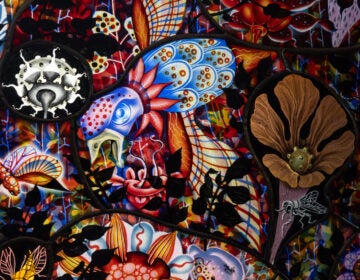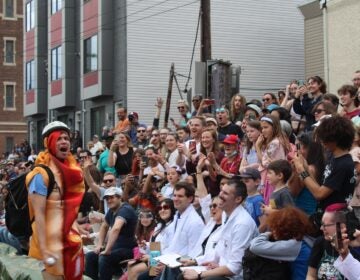Antique ads show the genesis of social networking
“A green youth from a country village, tired of having young ladies fall captive to his good looks, desiring to be loved for his good qualities alone, desires to correspond with an intelligent young lady not over 22.”
This personal ad was published in the New York Herald in August 1863. It’s part of a collection of 19th-century ads gathered by Pam Epstein, a lecturer in the history department at Rutgers University in Newark, New Jersey.
In writing her PhD treatise on an American history of love and relationships, she collected over three thousand ads seeking matrimony, seeking romantic correspondence, or seeking the young lady in the attractive hat who stepped out of a carriage on Broadway last Thursday. Then, as now, there were “missed connections.”
Epstein says it’s difficult to know who placed these ads, but based on their educated language and descriptions of clothing, she presumes that they were middle-class people seeking other middle-class people, in spite of the harsh social stigma attached to using ads.
“The idea was that anyone who would use an ad must have no modesty,” says Epstein. “Any men who used an ad must have been scoundrels who were trying to seduce or ruin or rob innocent women, and women who used an ad were not truly women at all.”
Social networks at the time were supremely important, dictating that a person was not supposed to introduce oneself to a stranger but wait to be introduced by a mutual friend.
The ads are similar in many ways to current internet dating profiles, using hyperbole and possible fictions (see the “green youth” above), and striking a balance between casting their net wide (“noble qualities of heart and mind”) and identifying very specific turn-ons (“she must be a blonde, rather below than above the medium height”).
Epstein says in some ways they are very different from modern advertisements. The language in the 19th century tended to be somewhat stiff; funny was too great a gamble. Compared to current lonelyhearts, the authors then were more likely to be recklessly romantic:
“The world is so full of poetry, beauty and glory and I have no one to share it with me,” wrote Christopher Leighton in 1863. “No one to read with me my Shakespeare and Milton, to enjoy with me nature, art, letters,society. I seek therefore my other and better half, my compliment and peer, equal though not like.”
This would not fly today.
“I live in NYC, I’m so cynical and jaded,” says Epstein, whose has had internet dating experience. “I see things like this and think, who is this person, could he be real? In theory it would be appealing, but I would have trouble believing it was a real person. Which is sort of sad.”
After spending so much time pouring over these ads for academic research, Epstein now has some fun with them. On her blog – advertisingforlove.com – she posts scans of the original newspaper print and freely opinionates.
WHYY is your source for fact-based, in-depth journalism and information. As a nonprofit organization, we rely on financial support from readers like you. Please give today.




